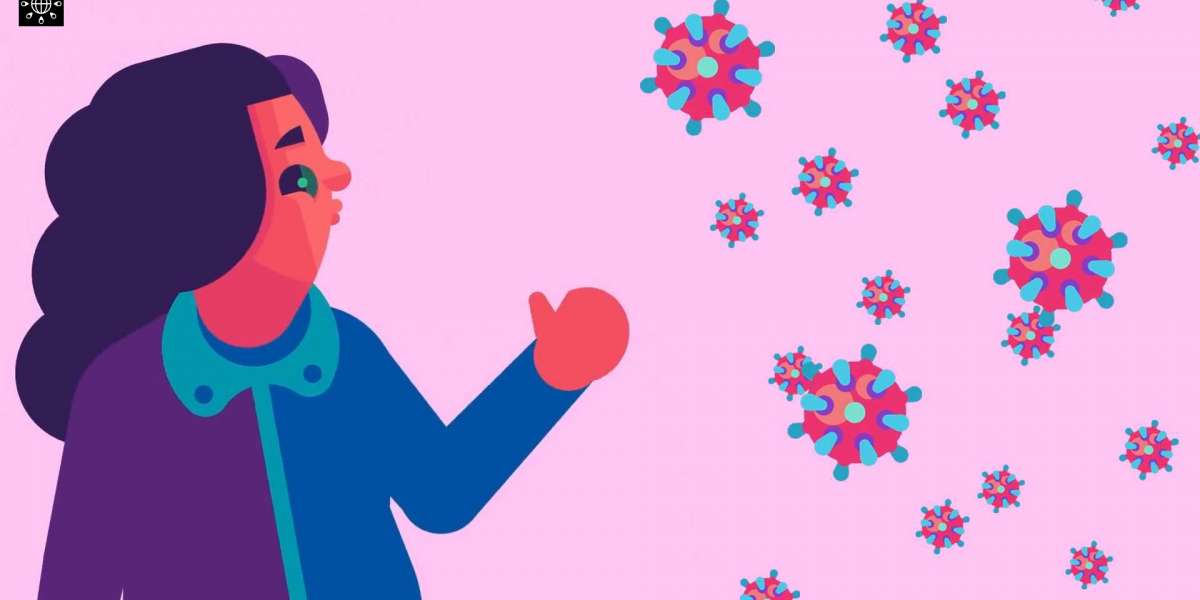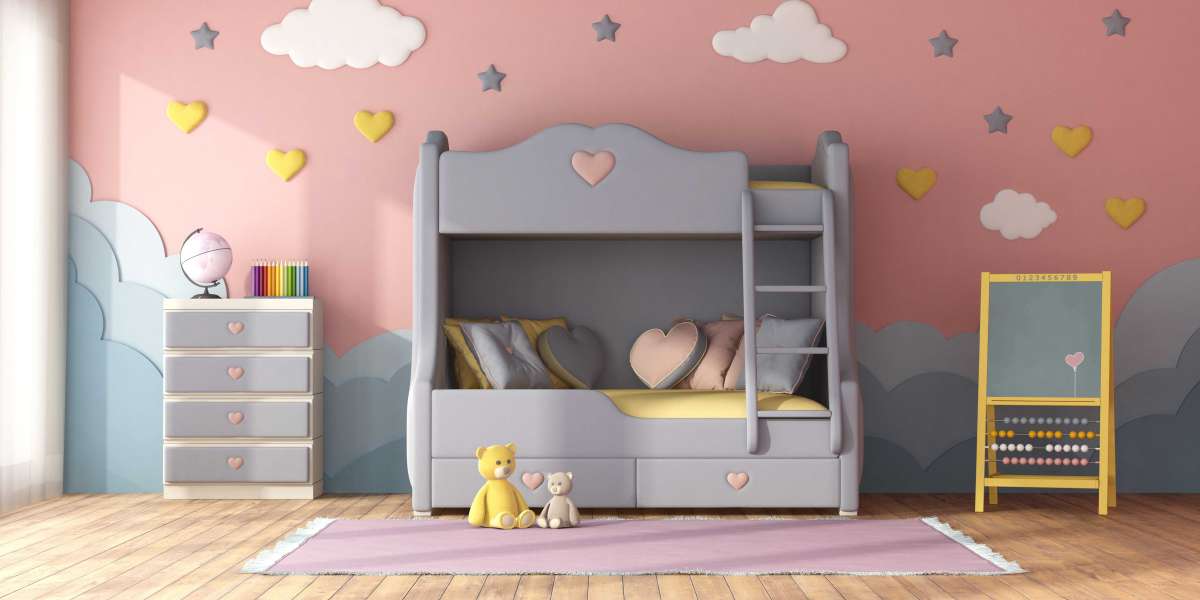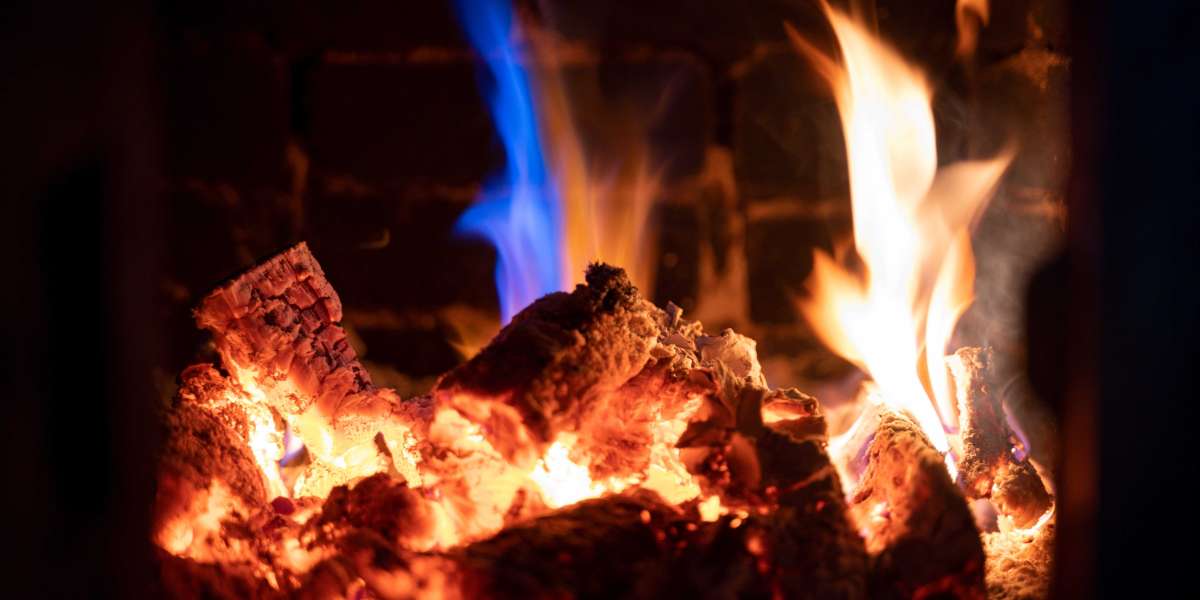Wash your hands
Soap and water are the best protection. Washing your hands is your superpower in the fight against the pandemic.
Soap is good for our skin, but for viruses? it is extremely destructive. COVID-19, like many other viruses, are wrapped in a fatty membrane, something like your skin, the soap breaks it by dissolving them.
In addition to washing your hands regularly, you also have to be careful not to get the virus on your hands. First of all, do not shake hands, and avoid contact with your hands with objects that may be contaminated. Make sure not to run your hands over your body, which also means you don't touch your face.
It is recommended, when soap and water are not available, the use of a hand sanitizer; To be effective, the sanitizer must contain more than 60% ethanol (equal to or greater than 70% isopropyl alcohol).
Wear a mask
The masks are intended to prevent the spread of the virus from one person to another. The coronavirus is transmitted from one person to another through tiny droplets produced by coughing, sneezing, and talking.
Scientific research clearly suggests that masks help achieve two main goals: reducing the risk of the user becoming infected and also reducing the risk of the user infecting others.
Not only the use of the mask is for the protection of the user and others. Wearing it presents social solidarity out of concern for others.
Watch your distance
Some viruses can travel extremely far through the air. The measles virus, for example, can remain in the air for up to two hours and travel many dozen meters.
Luckily the coronavirus does not travel as far. But it too can travel some distance and to interrupt the chain of transmission it’s important to avoid being close to other people that might be infecting you. The British NHS recommends that you “stay at least 2 meters (3 steps) away from anyone you do not live with.”
This is sometimes called ‘social distancing’, but since in these days of modern communication we can be social even if we are not physically close, physical distancing is more accurate.
It is not a nice experience, but during a pandemic physical distancing is a nice thing to do. It means no hugging, no handshakes, and staying at least 2 meters (6 feet) from others.
Stay At Home!, stay at home to protect those who need to be out for society to function. For example doctors, cashiers, bakers, and many others have to go to work.
The reason to stay home is not necessarily that you are scared for your own health, but to protect those who need to be out. That’s why if you are fortunate enough to be able to stay at home, you should. You depend on all of those that have to be out – they all depend on you to not get sick.
In many countries the governments set restrictions that have the same goal of restricting proximity between people:
- Travel restrictions
- School closures
- Workplace closures.
Some places are more dangerous than others. In their successful response to the pandemic Japan has emphasized that the risk of infection is especially high in the “three Cs” – these three Cs should be avoided to reduce the risk of getting infected:
- Closed spaces with poor ventilation,
- Crowded spaces,
- Close-contact settings in which people are talking face-to-face.
The risk is especially high if two or three of the Cs come together.
Risk communication and public awareness
A fourth way in which everyone can contribute to the fight against the pandemic is in explaining what you know and making it understandable for everyone to follow the three Ws and for society to achieve the big social goals below.
Most countries in the world run public information campaigns.








